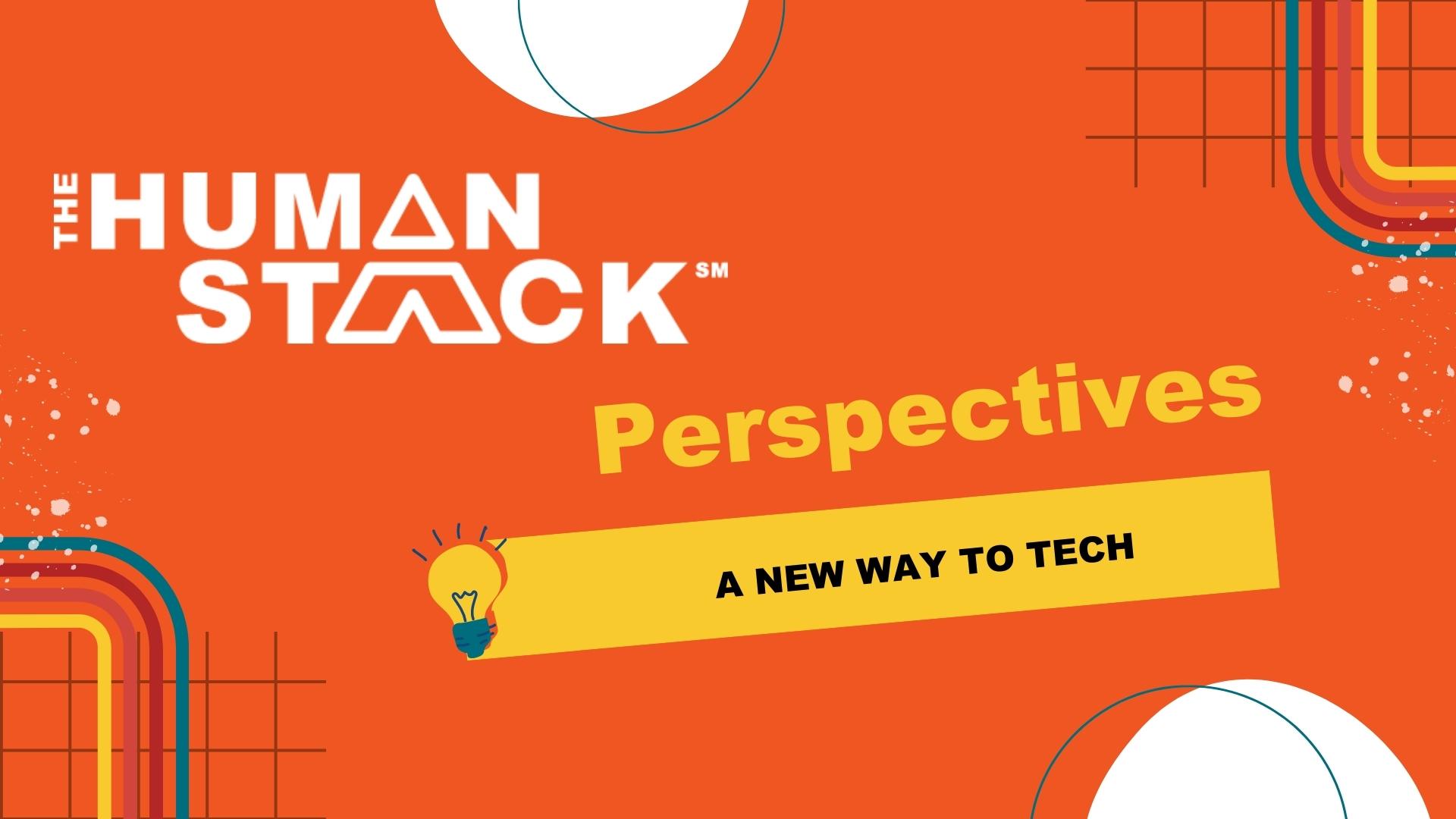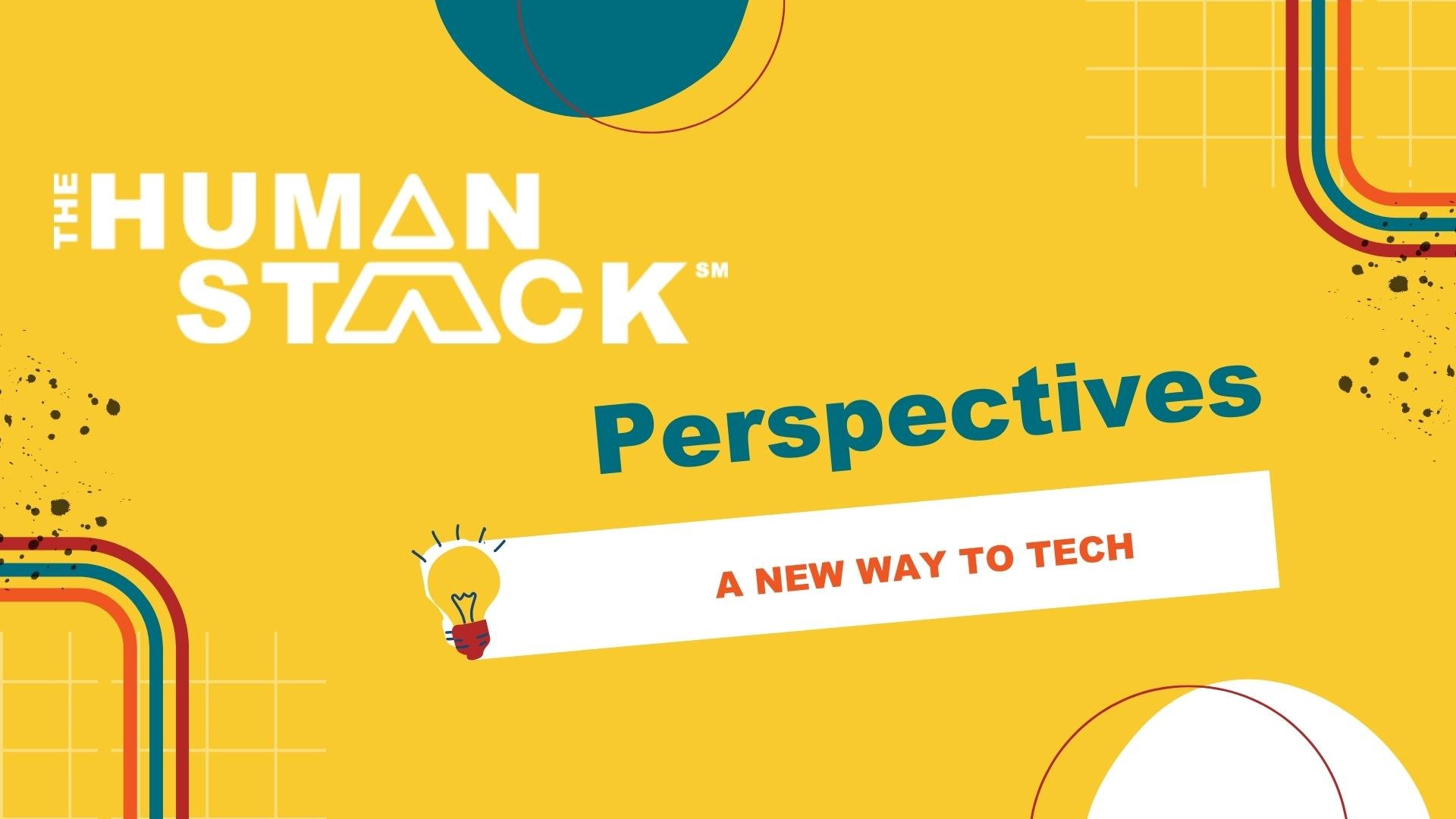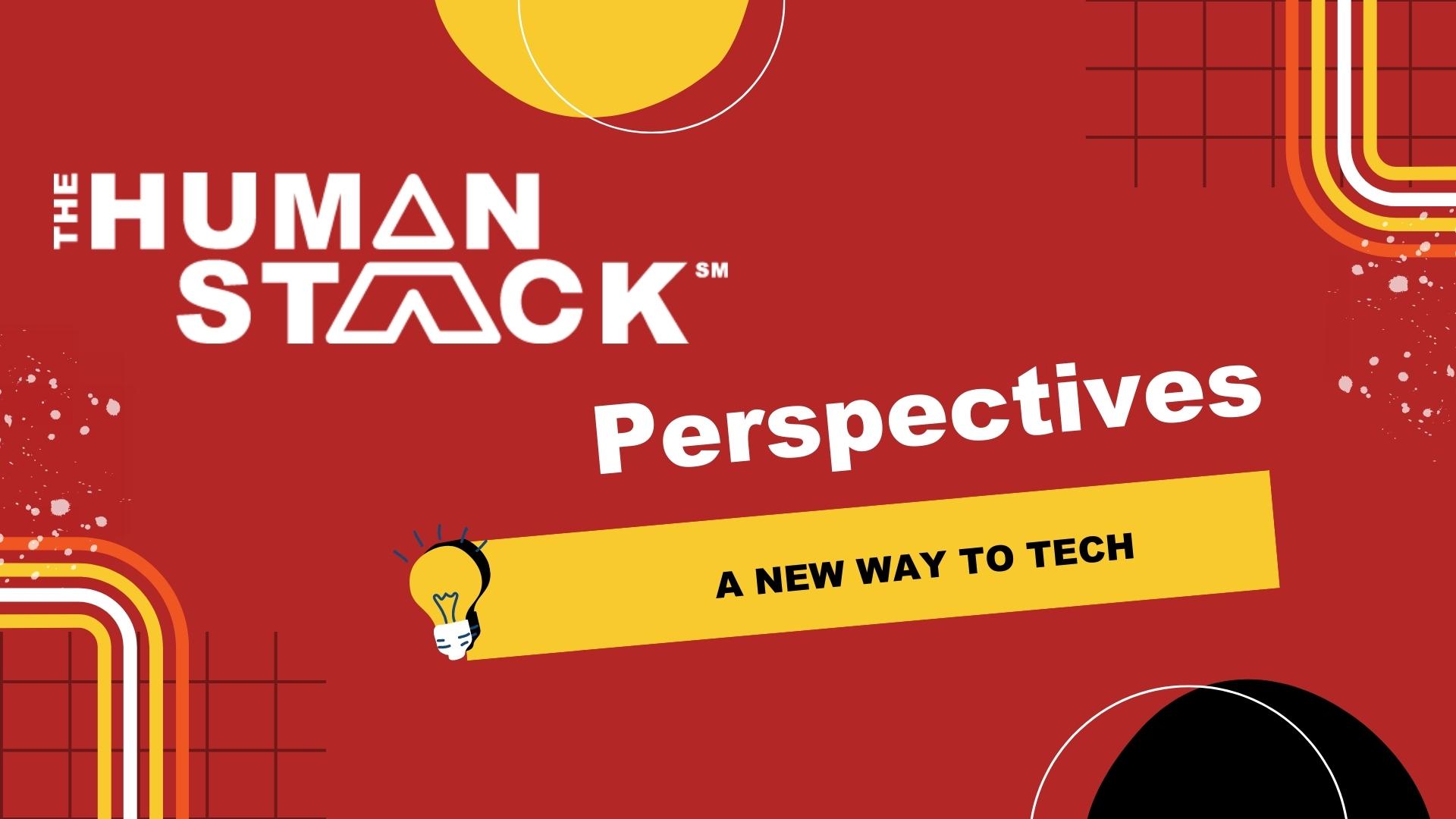What's the difference between a "Donor" and an "Investor"?
There's the obvious, of course: donors donate and investors invest. Investors receive a financial return on their investment (or hope to). Donors contribute without financial return, yet there are social returns for nonprofits making an impact.
Could we shift the paradigm? Could we stop using the word Donor and start using Investor to describe individuals who give to our mission? I think it's worth considering because using the word donor minimizes our contributions to society, disproportionately focuses on contributors instead of beneficiaries, and gives contributors a false sense of accomplishment.
How donor language affects nonprofits
The real issue isn’t what we call contributors; it’s that our language forms our internal expectations of our work. Look, we solve the most important problems on the planet. That takes dedication, expertise, strategic input, theory of change, and the usual business of ensuring that revenues exceed expenses. The work we do saves lives, tackles structural injustice and social inequality, heals broken bones and hearts, preserves the planet’s resources for future generations. Our work is education, food, water, medicine, credit scores, and housing.
$25 a month isn’t going to get the job done.
Industry experts with advanced degrees and years of experience provide social services. They could be running AI models to determine the relative effect in graduation rates when introducing a mentor in elementary school vs middle school. Instead they are hand writing thank you notes.
The willingness to work for donations is a testament to the character of our industry; we aren’t motivated by the money and I hope that never changes. However, the unintended consequence is that devalued inputs create devalued outputs. The way the rest of the world measures value is price — our willingness to do our best work for “low prices” can signal that the impact is low, too.
How donor language affects contributors
There is also a cost to contributors thinking of themselves as Donors, not Investors. Donors care less about the empirical evidence of their contributions. Donors give and they expect little more than a thank you. Investors expect to see a return on their investment (ROI).
While in both cases, an impact story would be good (and necessary), in a donor model it’s an add on. Investors expect to see stats on expected vs actual return on social impact, a forecast on expectations for future effectiveness, and a plan for increasing impact over the next five years. Investors are engaged. There is an obvious connection between their investment and the impact.
Most nonprofits have those plans and think of their services with this degree of sophistication, but donors aren’t normally that interested. So we send a newsletter with a story that shares anecdotes that pull on heartstrings or highlights an isolated impact. We tell all of our contributors that without their gift it wouldn’t have happened. On one hand, it’s true. But on the other hand, I worry it gives donors a false sense of accomplishment.
I’m not really suggesting that we stop sending newsletters or that we tell donors that their gift is too small to make an impact. I just want to note that there is a shadow side to low-dollar contributions and contributors thinking they’ve done more than they really have.
Real impact should be evidenced by real information
Because we refer to (and think about) donors and not investors, there is an implicit bias to configure information systems that capture and record data related to gifts extremely accurately. But connecting those funds to evidence-based empirical impact data represented by information isn’t expected by donors; a nice story will do. We shouldn’t ever confuse a story with actual impact metrics.
If we said (and thought of contributors as) investors, on the other hand, our information systems would have to include measuring and managing the impact that we make. If maximizing impact is at the center of what we do, impact data points create a framework to perform analysis. We can use the data to truly understand our impact.
If our systems were focused on beneficiary needs instead of contribution management, the years of legacy program data could calculate the opportunity cost of state funding being reallocated. It could create predictive models for school districts to evaluate the benefits of an after-school program (like Thrive does). It could turn the cost of another vehicle into an investment by showing how many more kids will graduate in Detroit. instead of listing how many kids are on a waiting list to join DBG Detroit.
Our world is in serious trouble, it needs serious contributions. Frankly, I’m not sure donors are gonna get us there. Investors can. And will.
*I should state here, some nonprofits do, in fact, have financial investors. What I'm referring to here isn't specifically a portfolio investment, but a change in paradigm.


 Tim Lockie
Tim Lockie




